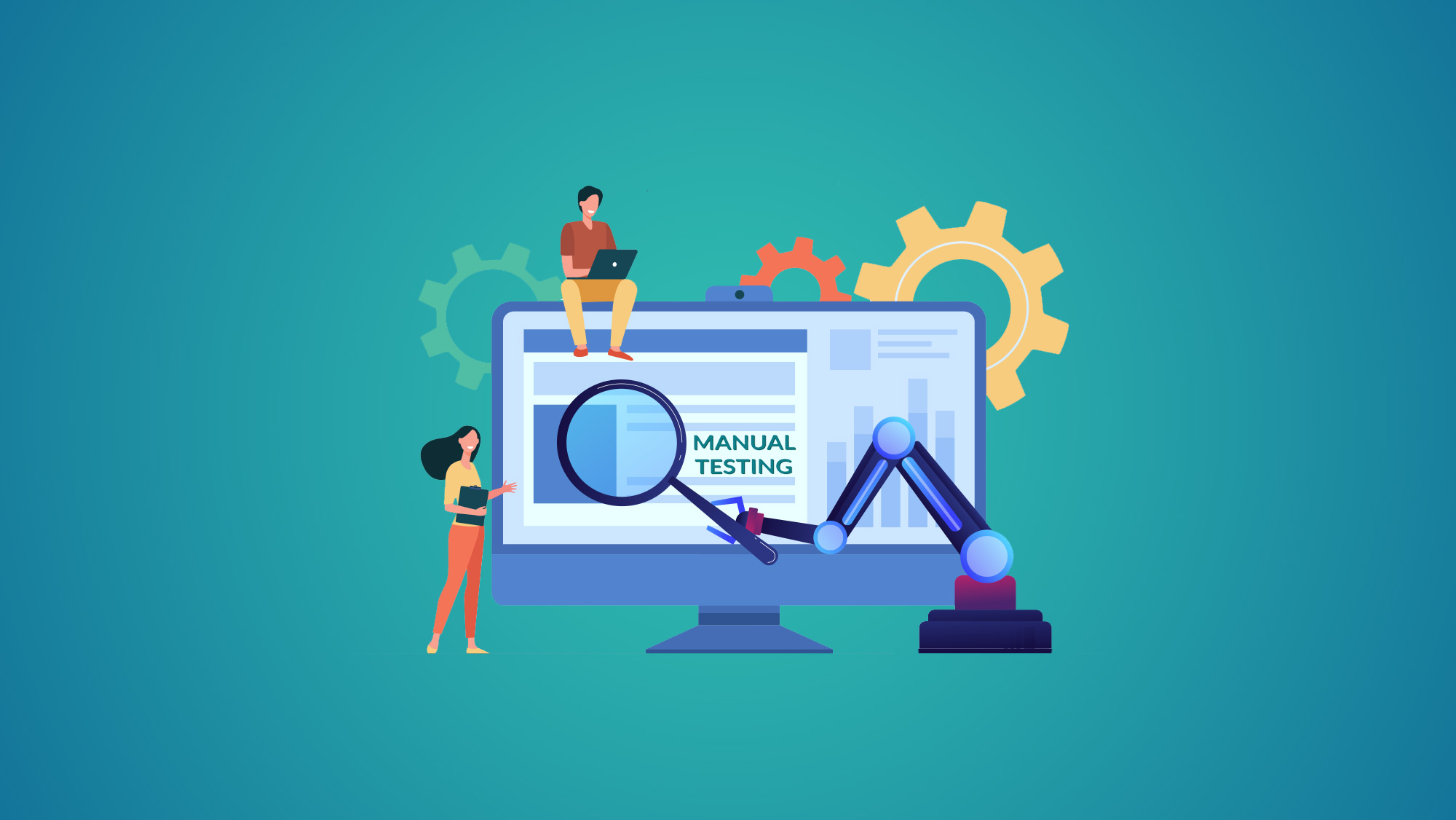Mastering Cucumber BDD: A Guide to Streamline Software Development
Introduction:
In the dynamic realm of software development, staying ahead requires a harmonious blend of efficiency, collaboration, and quality assurance. Enter Behavior-Driven Development (BDD) with Cucumber, a methodology that has garnered widespread recognition for transforming how software teams approach conceptualization, development, and testing. This comprehensive guide is your ticket to a deep dive into mastering Cucumber BDD, unveiling how it can significantly streamline your software development process and enhance project outcomes.
Understanding Cucumber BDD:
Behavior-Driven Development (BDD) stands as an iterative software development approach aimed at fostering collaboration and aligning all stakeholders' efforts. It acts as a bridge between developers, testers, and business representatives, ensuring a shared understanding of the software's behavior and expected outcomes. At the heart of BDD lies Cucumber, an influential tool that empowers teams to write executable specifications using plain-text scenarios in the Gherkin language.
The Promise of Streamlined Development:
Mastering Cucumber BDD brings forth a promise of streamlined software development. By amalgamating business requirements, development tasks, and testing efforts, teams can effectively eliminate misunderstandings, reduce rework, and expedite project delivery. This method promotes a unified vision across the team that results in higher-quality software and a more cohesive development experience.
Benefits of Mastering Cucumber BDD:
1. Collaborative Clarity:
One of the significant advantages of Cucumber BDD is its ability to enforce clear communication across various stakeholders. Developers, testers, and business representatives collaboratively participate in creating and validating scenarios, ensuring that everyone comprehends and agrees on the desired outcomes.
2. Requirement Traceability:
With Cucumber BDD, scenarios become living documentation. These scenarios can be linked back to specific requirements, enabling a transparent and traceable map of how each feature contributes to the software's overarching goals.
3. Test Automation Excellence:
Mastering Cucumber BDD equips testers with the tools and knowledge to create automated tests that accurately mirror real-world scenarios. This automation not only increases test coverage but also provides swift feedback on changes, which is crucial in fast-paced development cycles.
4. Harmonious CI/CD Integration:
Cucumber BDD seamlessly integrates with Continuous Integration and Continuous Delivery (CI/CD) pipelines. The automated scenarios are executed with every code change, ensuring that potential issues are identified early in the development cycle.
5. Living Documentation:
The scenarios crafted in Gherkin syntax are more than just test cases; they serve as living documentation of the software's behavior. As a single source of truth, these scenarios are easy to read, update, and maintain, thus promoting alignment and reducing misunderstandings.
Embarking on the Journey to Mastery:
1. Understanding BDD Fundamentals:
To master Cucumber BDD, it's crucial to start with a strong foundation in BDD principles. This includes grasping the significance of shared understanding, clear communication, and the collaborative nature of the methodology.
2. Writing Effective Scenarios:
The heart of Cucumber BDD lies in writing clear and effective scenarios using the Gherkin language. This involves learning how to capture complex functionality and user interactions in a format that's both comprehensible and actionable.
3. Step Definitions and Automation:
A pivotal aspect of mastering Cucumber BDD is understanding how to translate Gherkin scenarios into executable code. This is achieved through step definitions, which act as a bridge between the plain text of the scenarios and the automated scripts.
4. Advanced Automation Strategies:
As you delve deeper, explore advanced concepts like parameterization, data-driven testing, and scenario outlines. These techniques expand your capabilities, allowing you to create dynamic and scalable test suites that cover a wide range of scenarios.
5. Integration with Automation Frameworks:
A significant part of mastering Cucumber BDD involves integrating it with popular automation frameworks. For instance, integrating Cucumber with Selenium for web application testing can open doors to efficient and thorough testing.
6. CI/CD Integration:
Discover the power of incorporating Cucumber BDD tests into your CI/CD pipeline. This section showcases how automated regression testing within an agile development environment can ensure stability and reliability in your software.
Realizing the Full Potential:
Mastering Cucumber BDD isn't just about mastering a tool; it's about adopting a mindset that champions collaboration and continuous improvement. By harnessing the capabilities of Cucumber BDD to their fullest extent, you're paving the way for a streamlined, efficient, and high-quality software development process. This journey isn't just about the immediate project at hand; it equips you with skills and insights that will continue to shape your approach to software development in the future. So, embrace this voyage of mastering Cucumber BDD and witness how it can profoundly influence and streamline your software development journey for the better.
Conclusion:
Mastering Cucumber BDD is a transformative journey that equips software teams with collaborative and streamlined development practices. By harmonizing communication, automating tests, and integrating with CI/CD pipelines, Cucumber BDD elevates software quality. As you delve into its intricacies, you not only enhance your immediate projects but also cultivate a mindset of continuous improvement. Embrace this guide's insights to wield Cucumber BDD's power, ultimately shaping a future where efficient collaboration and high-quality software thrive.
You May Also Like
These Related Stories

Everything You Need To Know About Cucumber BDD Training

Level Up Your Testing Game: Comprehensive Cucumber BDD Training




No Comments Yet
Let us know what you think